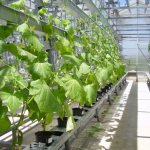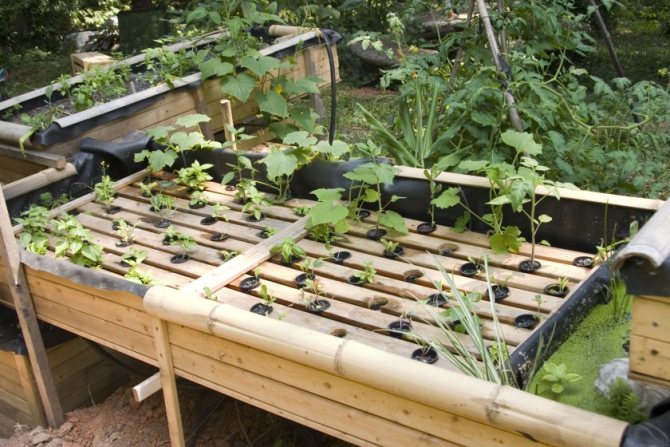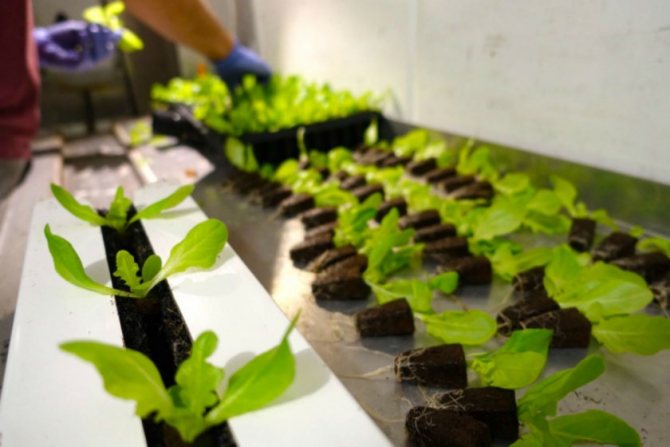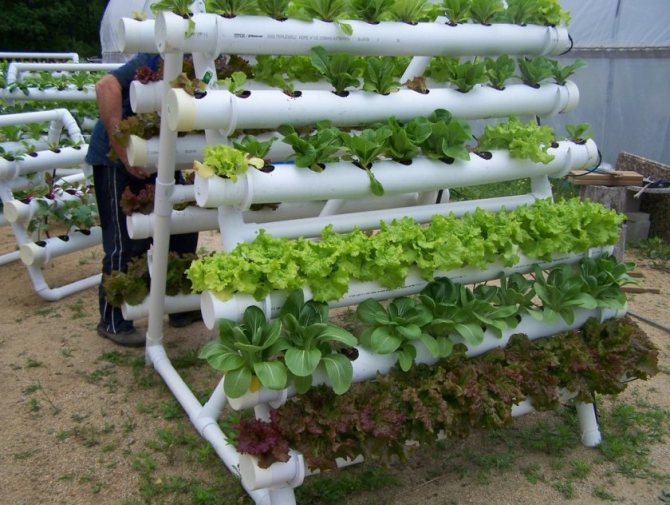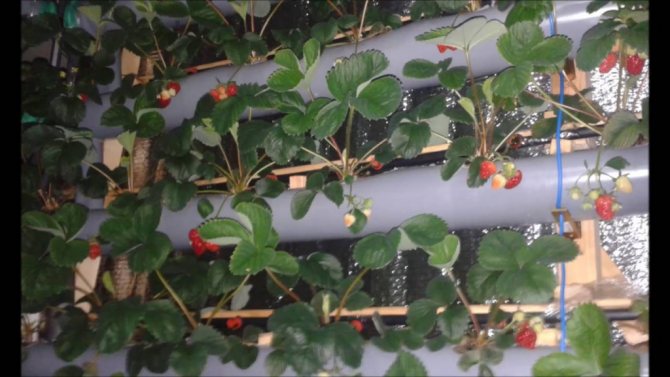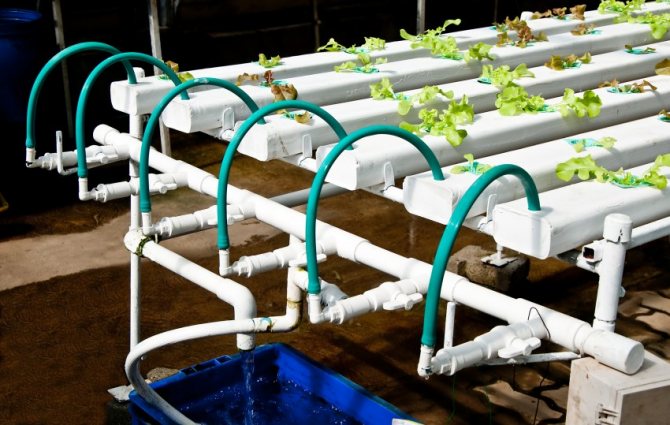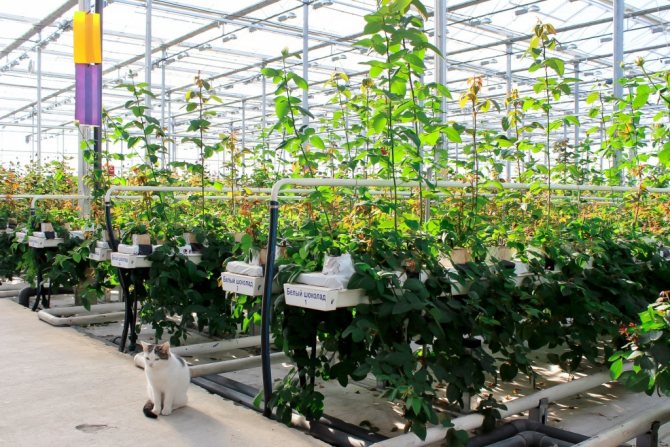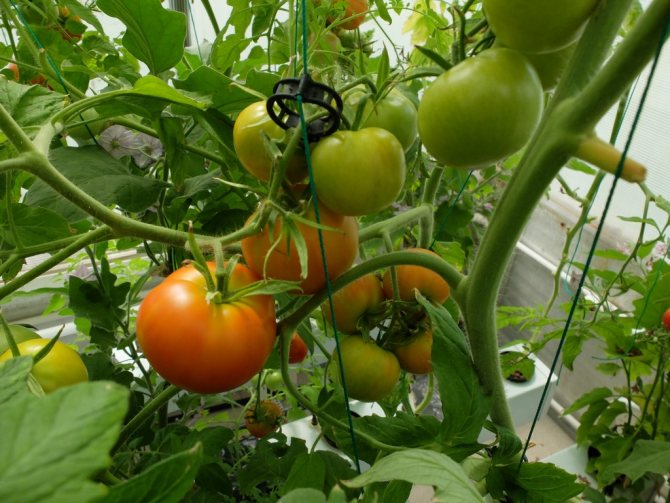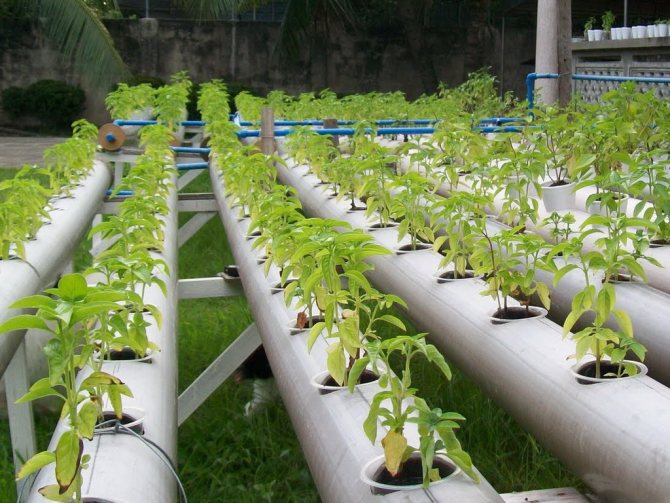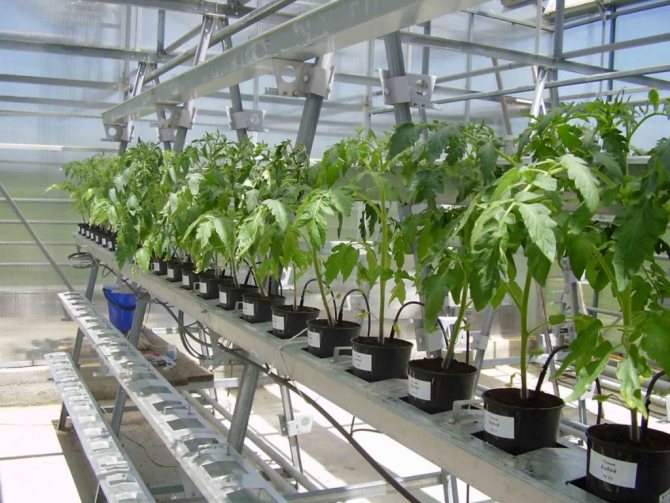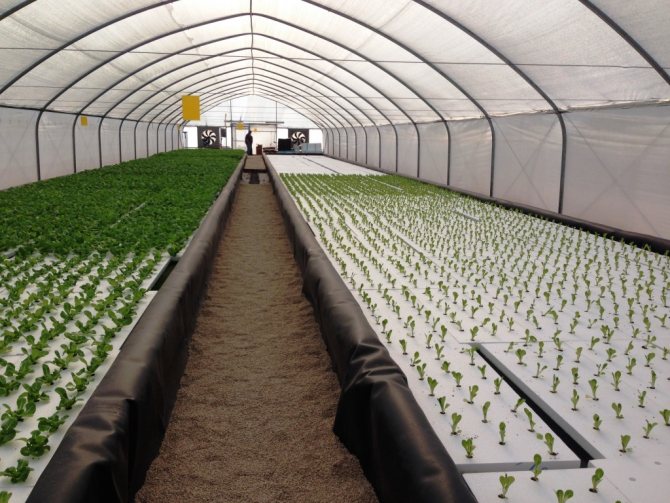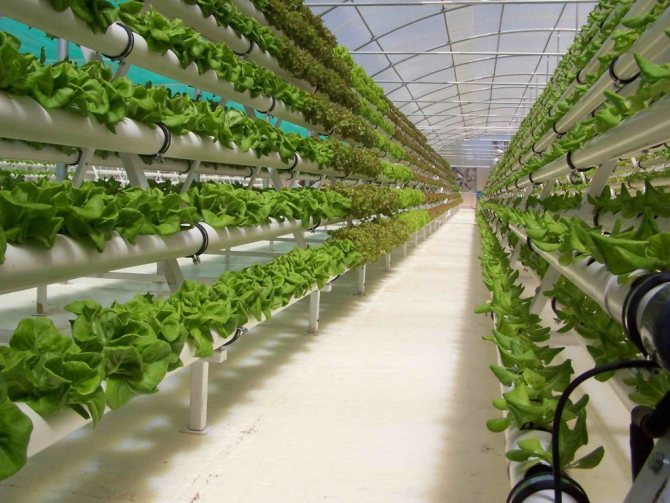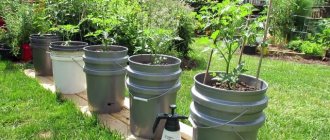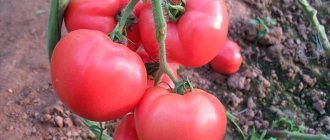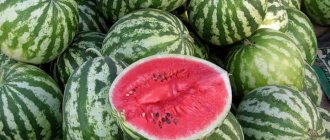So, dear friend, one day you woke up early in the morning ... And decided to change something in your life, open new facets and join the "secret brotherhood" of growers ...
First you need to soberly assess your strengths and understand with which way of growing to connect your fascinating hobby. Remember that growing in hydroponics for a beginner is difficult, time consuming and quite expensive process. Most choose to grow plants using soil or substrate for a start. However, if you feel strong enough and do not want to waste your time on trifles, in this article we will tell you where to start and what equipment you need to purchase.
A progressive method of growing plants without soil in special substrates with the supply of a balanced nutrient solution was invented more than a hundred years ago, but only recently it was appreciated, began to be used at home and gave a memorable name - hydroponics, literally meaning "work of water" and characteristic of technological processes , which are based on its use. It is effectively used for growing greens, onion seedlings, cucumbers, tomatoes.
Advantages of hydroponic growing
Today hydroponics is applied in huge greenhouses of farms and integrated farms, indoor areas with intense artificial lighting for the cultivation of garden and vegetable crops. Much less often it is used at home, motivated by the complexity of the installation and ignorance of the technology. But this novelty has already declared itself, having won the recognition of fans of decorative floriculture and indoor cultivation of herbs and vegetables.
Hydroponics in industrial crop production
The main and undeniable the advantage of using a landless method of cultivating various crops is a significantly lower labor intensity of the process. You don't have to deal with buying soil, replacing it after a certain time, pest control, as well as a whole range of caring procedures - loosening, weeding, regular watering, those operations that are necessary in traditional farming. In addition to the listed advantages, there are other advantages of the method:
- The minimum size of the area is used to accommodate an impressive number of plants. Even in the modest conditions of a city apartment, enthusiasts of the hydroponic method arrange real mini-gardens on the windowsills, giving good yields of greens and vegetables, which is especially valuable in winter.
- Substantial increase in yields as the application of this technology changes the development of plants: the root system, having formed to the size necessary for obtaining nutrition, stops growing, and the plant devotes all its strength to the intensive formation of green parts.
- Reducing the time spent on the growing season, a noticeable acceleration of flowering and fruit formation. In an aqueous solution, the plant does not spend energy looking for food, but receives it with water, which explains the speed of the growth of green mass and the filling of fruits.
Hydroponic greenhouse
Hydroponics is most acceptable for ornamental floriculture or for growing lettuce plants, herbs, strawberries, or the usual vegetables - cucumbers and tomatoes - at home. For them growing conditions in hydroponics are much more comfortable than in traditional containers, insofar as:
- there are no obstacles to good nutrition;
- the root system never dries up and is constantly supplied with oxygen;
- there are no diseases usually caused by blemishes in the care or earthen fungi, and the plant is free from the attacks of various insect pests;
- the process of transplanting perennial indoor plants is simplified as much as possible: the culture is not injured, as when transferring from a pot, it is only transferred to a large container with a substrate;
- the absence of soil is a guarantee that the plant does not accumulate harmful substances and insecticides in the leaves, which is important just for vegetable crops and edible herbs.
Hydroponic plant for home use
Despite the significant advantages of the hydroponic method, it should be used thoroughly prepared: find out what substrates are used, the concentration and characteristics of the preparation of nutrient solutions, choose the optimal ones for a particular plant, and, finally, assemble the simplest hydroponic installation for a home mini-garden.
What substrates are used for hydroponics?
The plant with the hydroponic method is placed in a container filled with a special substrate. The requirements for this material are dictated by the specifics of the method. The substrate should be:
- loose;
- inert, that is, not reacting to surrounding solutions;
- breathable;
- moisture-consuming.
Materials for growing plants in hydroponics
Compliance with all of the listed properties will allow the substrate to retain water, continuously moisturizing the roots, and provide air to them. In this capacity, both natural and artificial materials can be used:
- perlite, vermiculite, small expanded clay, gravel, mineral wool;
- coconut fiber, peat, sphagnum moss;
- foam rubber, polypropylene, nylon or nylon fabric cut into pieces
- special hydroponic gels.
Before using the filler substrate, it must be thoroughly rinsed with clean (distilled if possible) water.
Nutrient solutions and their preparation for herbs, cucumbers, peppers
A properly prepared solution with the right concentration of nutrients is the basis for success in growing plants in hydroponics. The proportions of the active ingredients must be strictly adhered to and comply with the manufacturer's recommendations. In addition, the preferences of the plants that are planned to be grown hydroponically are taken into account.
Nutrient solutions for hydroponics
The fact is that different cultures require different amounts of food. So, representatives of orchids and epiphytes do not tolerate overfeeding, being content with low concentrations of drugs, reduced by 2-3 times from the established norm. For many plants, winter is a dormant period when they do not need feeding. In hydroponic cultivation, such crops should receive a solution, the concentration of which is also reduced by 2-3 times. But vegetable and salad plants will need "enhanced nutrition" - a solution, the concentration of which is increased from that declared by the manufacturer by about a quarter. In other words, the presence of active substances in solutions is adjusted depending on the characteristics of the plant.
An important factor is the maintenance of the solution in the hydroponic container at the same level, which is achieved by periodically adding filtered or settled water.
A solution is prepared using liquid fertilizers of the Uniflora series - an effective mineral complex with a whole range of trace elements. To stimulate fruit formation or flowering, "Uniflora-Bud" is used, a set of green mass - "Uniflora-Rost". It is easier to dose the drug if you use a medical syringe for this purpose. Per liter of water for the nutrient solution, 1.65 mg of "Uniflora" is needed, the type of which is selected taking into account the characteristics of the plant.Find out about the rules for growing ginger at home at this link.
Fertilizer Uniflor for gibroponics
The second ingredient in the solution is 25% calcium nitrate solution, which is prepared by dissolving 250 g of calcium nitrate tetrahydrate in a liter of water. It will take 2 ml.
Fertilizer ingredients are collected in different syringes and are not combined with each other. First, the first component is dissolved in the prepared water, then the second is added and mixed again.
This gives 1 liter of nutrient solution. There are also other drugs and dosages. They are offered by manufacturers of hydroponic equipment for both large industrial farms and indoor cultivation. However, the presented recipe fully complies with hydroponic technologies.
It is important not to overdo the dosage, and remember that underfeeding the plant is better than overfeeding.
Self-made equipment
Today, many manufacturers of hydroponic equipment compete with each other, positioning one or another installation with different configurations and different levels of automation of the solution supply. We will limit ourselves to the offer make such a device yourself.
This will require two containers., the smaller of which serves as a pot, subsequently filled with a substrate. To ensure unimpeded access of water and air, the walls and bottom of this container are additionally processed: with a hot nail, knitting needle or even a drill, many small holes are made in them. A plant is directly planted in it.
The simplest hydroponics system
The nutrient solution is poured into a larger container. Requirements for the qualities of the outer container are as follows:
- its walls should be opaque;
- the material from which it is made is chemically inert, that is, it does not react with fillers: solution and substrate.
The pot with the substrate should be immersed in the solution by 1-2 cm. It is impossible to completely place the roots in the solution, only 2/3 of the length. This will ensure that the roots of the plant are sufficiently wetted, but will prevent rotting.
Install the smaller container so that the distance to the bottom of the larger one is 5-7 cm. An aquarium air compressor is placed on the bottom of the outer container, which provides aeration of the medium and roots.
By the same principle, they arrange a kind of garden bed, for example, for growing lettuce. In this case, you will need:
- bulky plastic rectangular opaque container;
- a sheet of plastic or foam with holes for the cups where the seeds are planted. The best options are small-mesh cassettes with already perforated walls;
- an air compressor and, if necessary, an aquarium spray stone (if the container is large). High-quality oxygenation of the roots is extremely important, its lack will have a detrimental effect on the plant. To avoid this, an aquarium spray is used, which provides stable air access to each plant.
Hydroponics at home
How to grow plants hydroponically at home
Having prepared the nutrient solution and assembled the necessary structure, you can start growing ornamental or edible crops, for example, lettuce or tomatoes. Like many untapped technologies, hydroponics can be confusing for the beginner. There are many subtleties that one learns about only in the process of cultivation, but taking into account all the recommendations presented in the article, you can avoid the occurrence of various problems.
Seeds are not planted in gravel or expanded clay. The best option for them is coconut substrate, moss or rock wool, which create optimal conditions for germination.
In cups filled with a moistened substrate, 2-3 seeds are sown and placed in a plastic holder with holes. The nutrient solution is poured into the outer container until the cups are hidden in it by a third of the height.
Diagram of a hydroponic bed at home
It remains only to control the level of the nutrient solution. Once every 1.5-2 weeks, water is added, and once a month, it is changed to a new solution.
Adult plants after transplanting into hydroponic structures should be in a kind of "quarantine" for 5-7 days - distilled water, which is then exchanged for dissolved food.
DIY hydroponic installation, video instruction
The most common crops spicy herbs, onions, garlic, radishes, tomatoes and cucumbers are considered to thrive in hydroponic installations... Floral plants are not capricious either. Winter cultivation involves mandatory supplementary lighting, simulating full daylight hours.
Hydroponics is a new and unfamiliar growing technique. However, the listed advantages, such as saving of consumables, non-use of pesticides, absence of pests, make this method promising and successfully compete with the usual principles of crop production.
What plants are grown?
Almost all types of plants that propagate by seeds or cuttings can be grown using the hydroponic method.

When transplanting adult plants into a hydroponic vessel, you should give preference to specimens with a strong root system that can be easily cleaned of soil. For plants with underdeveloped rhizomes, hydroponics is not suitable.
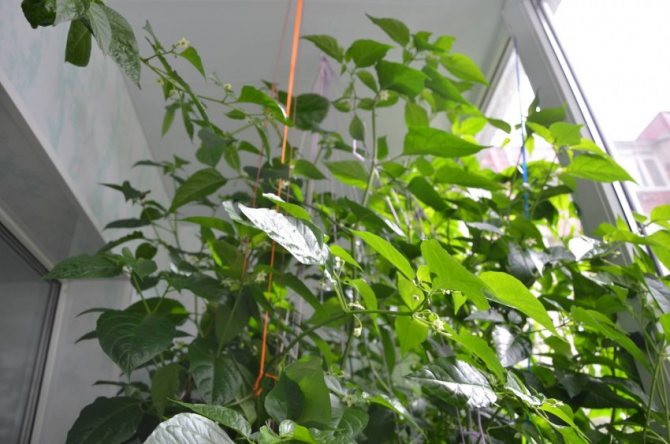

Location of the hydroponic system
Experts recommend using closed types of space that have good light sources. In most cases, gardeners will locate a hydroponic plant in a basement or greenhouse.
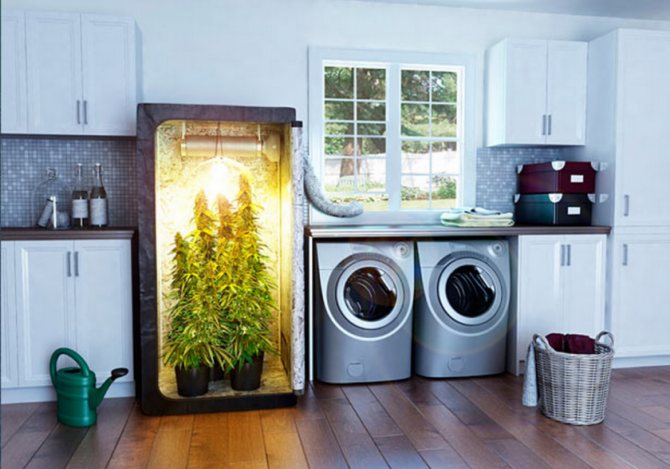

To prevent maximum evaporation of moisture, experienced professionals advise placing greenhouses at the back of the yard. There are no drafts and excessive sunlight here.


The room must be kept at a constant temperature. In case of hypothermia, young shoots may die. As heating, you can use heaters or stationary ovens.
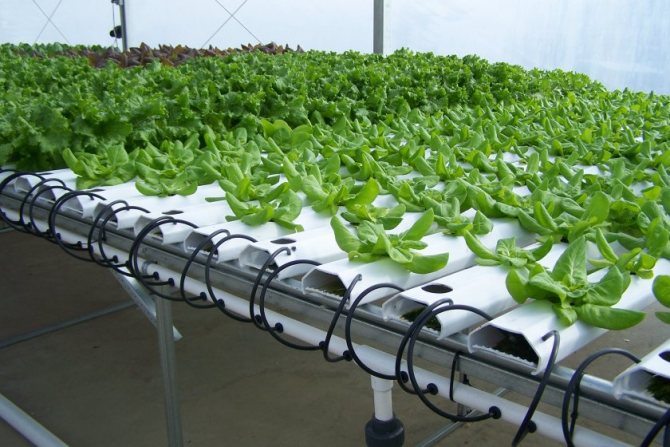

Pros and cons of growing plants using hydroponics technology
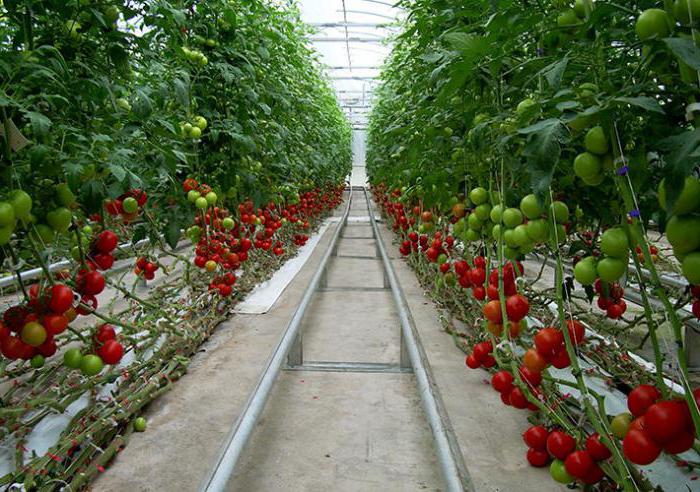

DIY hydroponics for cucumbers and tomatoes provides the following benefits:
- Crops are healthy and have a strong stem. They grow several times faster than on ordinary ground in the open air, and give more fruits.
- The crop does not contain nitrates, heavy metals, nuclides, and other toxic substances that are concentrated in ordinary garden soil and water.
- There is no need for regular manual watering of the grown crops.
- There is no need to use pesticides to kill fungi and insect pests.
- No need to remove weeds. You also do not need to feed and loosen the soil, since the solutions used in hydroponics are themselves fertilizers.
- Plants do not suffer from a lack of oxygen in the soil, do not become waterlogged or dry out.
- Do-it-yourself hydroponics for cucumbers and tomatoes does not force you to go to the country and dig in the ground. To get a bountiful harvest, a small free area is enough to place equipment in a room or on a balcony.
However, the technology also has some drawbacks. However, they cannot be called critical. First of all, to grow crops using the hydroponic method, you will have to invest in the purchase of equipment and supplies. You will also need to study information about the technology in theory and spend more time planting plants.
Self-assembly instructions
In fact, assembling a hydroponic plant at home is not difficult.The main thing in this matter is to observe the entire sequence of actions:


On the surface of the tube, it is necessary to cut holes for each pot. The diameter of each of them should be equal to the size of the top of the container with the plant.
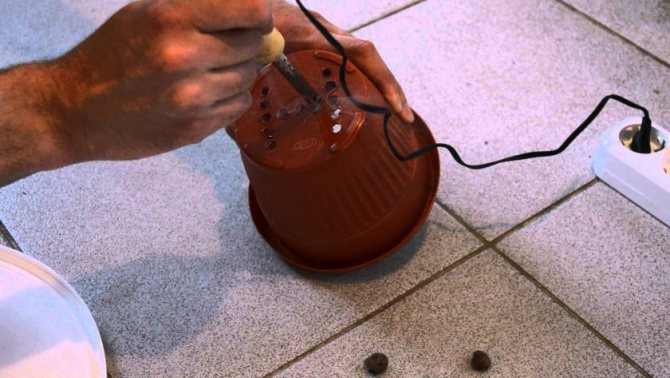

The distance between them is about 10 - 15 cm. For each crop, it is necessary to select the appropriate location, based on the diameter of the leaf part of the crown.


- in the side part, several holes are made for hoses that regulate the supply of a liquid medium;
- small stones are placed on the bottom of the container. This is necessary in order to ensure the stability of the structure;
- then the container is filled with a nutrient solution. Pump hoses are lowered into the tank. In the future, they are able to replenish the missing amount of moisture in the containers;
- the final step will be the installation of pots with filler. At the end of the process, check the level of the aqueous medium. For better nutrition, it is recommended to place the nutrient solution in the bottom area of the pots. As the plants grow, they regulate the level of the liquid medium.
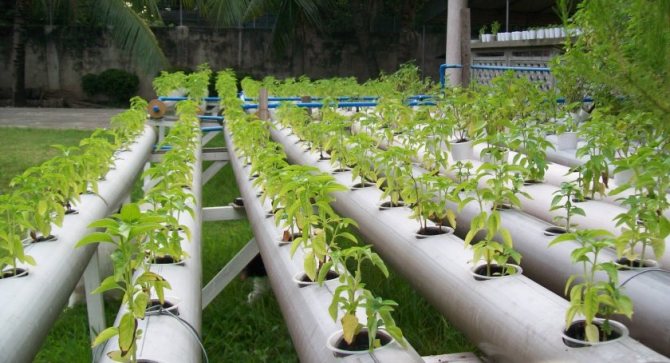

At the end of the installation, it is recommended to monitor the amount of solution in the tank. For normal plant life, it is important to maintain the acidic balance of the nutrient medium.
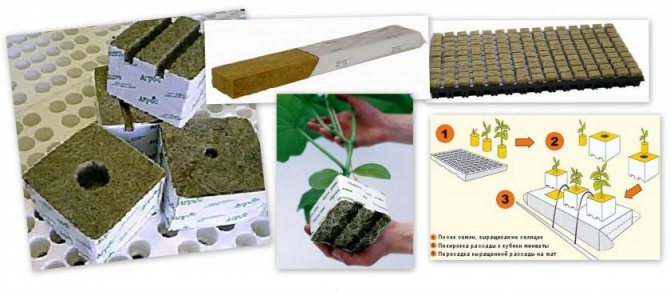

The nutrient content can be replenished with the help of special formulations.
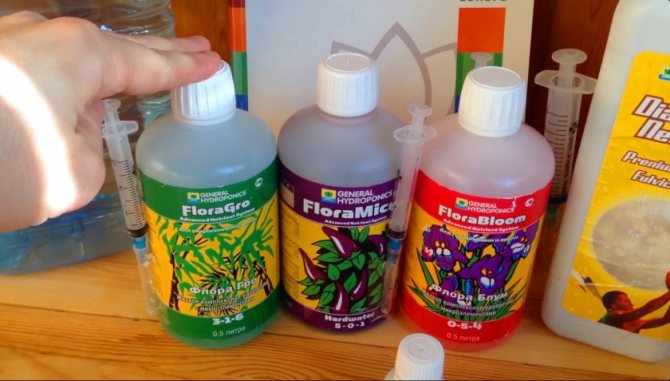

For the rapid growth of plant crops, you need to take care of additional light sources. Stationary lamps are suitable for this.


Technology features
As you know, when growing cultivated plants in the open air, their root system feeds on moisture and substances necessary for growth directly from the ground. However, such soil contains an unbalanced amount of useful elements. That is why plants have to expend energy to develop a massive root, large stem and leaves.
The material for hydroponics has a balanced composition. Thus, plants receive nutrients in the right amount. Accordingly, the need for the development of a powerful root system disappears, and all energy is redirected to flowering, mass gain by fruits and the formation of a bountiful harvest. When growing crops using hydroponics, the plants have weak roots, but a powerful aerial part.
Why is agrotech in demand?
The planet's population is growing, suitable areas for animal husbandry and agriculture are decreasing, and UN experts regularly warn humanity about the approaching global food crisis. According to the world organization, in 2019, 821 million people went hungry on Earth, while 2 billion people are malnourished or malnourished.
Against this background, the demand for agrotech and environmentally friendly products is growing. According to SBS Consulting, from 2004 to 2020, the market for eco-products grew from 21 to 93 billion euros. In parallel, the consumption of environmentally friendly and organic goods is growing - more than doubled over the same period. According to analysts, by 2020 the capitalization of the global organic market will reach $ 143 billion. Among the leaders in consumption are the USA (43% of the market), Germany (11%), France (9%), China (8%) and Canada (3%).
Philippe Wojazer / Reuters
The agrotech market is more modest, but according to AgFunder, only from 2010 to 2016 the flow of investments in this area increased 8 times. In 2017, investors invested $ 4.2 billion in agricultural technology, and more than 4,000 startups were operating in the global market. In a 2020 report by the same company, food startups raised $ 16.9 billion in investment. Of these, 10 billion fell on the segments of retail, cooking and food delivery. The leader in US investment, followed by China.
As in many sectors of the economy, technologies for collecting and processing big data, as well as machine learning (artificial intelligence), turned out to be in demand in agricultural technology.With their help, agrarians and farmers began to better manage the available resources, learned how to reduce costs and make reliable forecasts.
For example, the French company Antelliq Group offers farmers tools to monitor the health and productivity of each animal in the herd. With the help of special sensors in the collars, owners can track how the animal is eating, whether it is under stress or is sick. The company provides information on 5.5 million cows daily. Similar technologies are also in demand in crop production.
Tamagotchi in a pot
The second direction of the Kokozhe project is educational courses for children in applied crop production. In the classroom, Zhangir and other teachers teach children the basics of farming - they talk about different types of soil and seeds, teach how to plant and fertilize plants, and also install sensors in pots that transmit data to the phone. Under the guidance of adults, children learn to assemble simple hydroponic systems and care for plants.
In addition to paid courses, project participants conduct free classes for pupils of the first regional orphanage in Baganashil. Students visit children on weekends and also teach everything there is to know to grow plants. Volunteers provide materials free of charge. Children have their own plant pots. Recently, students showed how a closed watering system works, if the sensors record a lack of moisture.
In his first year, Zhangir volunteered for a student charity that organized entertainment programs in orphanages. But one-time actions have only a short-term effect, and it seemed to Zhangir that this was not enough. Then he wondered how to convey to children the feeling of constant little happiness.
“When I was eight years old, I planted a lemon tree. Once it bloomed, and I was amazed at what an ordinary seed can turn into. This feeling has remained with me since childhood, and I wanted to share it, ”says Zhangir.
In addition to the children's courses, students teach the basics of plant growing to teachers from different schools. On the basis of the course, a game project similar to a Tamagotchi with live plants will soon appear. Zhangir believes that by learning about plant growing, children also learn responsibility.


photo by Roman Lukyanchikov
“All our children take flowers home, so you can see who took care of the plants and how. We encourage guys to be proactive. Someone, for example, beautifully decorated a pot or made a stand for a flower, while someone wanted to grow more salad than others. Children not only memorize useful information, but also gain practical skills, learn to be persistent, ”says the head of the startup.

